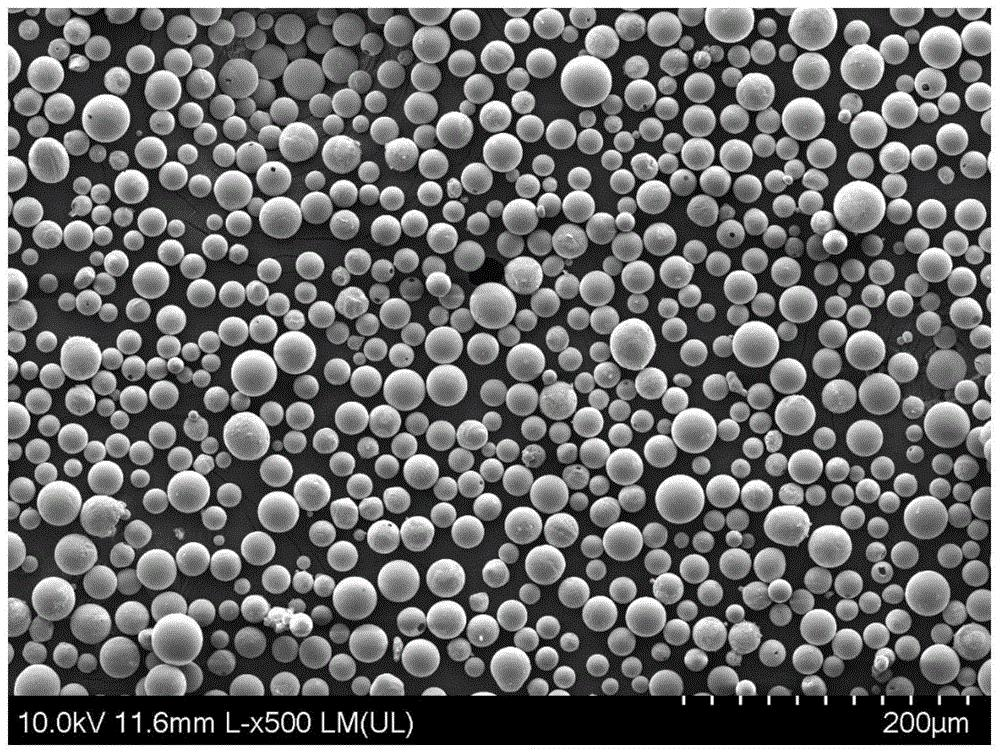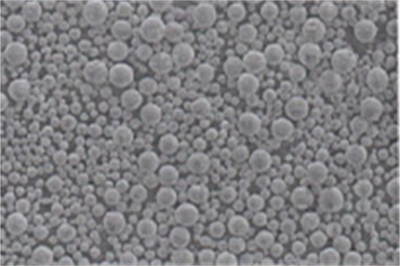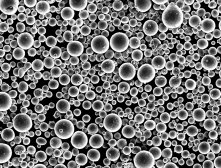3D printing technology as an emerging cutting-edge technology is profoundly changing the way humans are produced. The use of 3D printing in various industries has also led to the application and development of more and more 3D printing materials. In this article, we will talk about what are the materials used for 3D printing?
More than 200 materials are now available for 3D printing, and more will be used in the foreseeable future as the technology is used in an increasing number of industries. Of the more than 200 materials used in 3D printing, metals, polymers, ceramics, composites, and biomaterials are currently the most common materials used for 3D printing. In this article, we will give a brief overview of the various types of materials and applications for 3D printing.
Metallic Materials
The rapid development of metallic materials in the field of 3D printing stems from the demand for aerospace, automotive, electronics, etc. Among the many metal materials, titanium alloys are the most widely used, followed by aluminum alloys, stainless steel, high-temperature alloys, and high-entropy alloys.

What Are the Materials Used for 3d Printing?
Titanium alloy is a material with high strength, good corrosion resistance, and high heat resistance, therefore titanium alloy is mainly used to make aircraft engine pressurized parts, followed by structural parts for rockets, missiles, and high-speed aircraft to apply. Also, 3D printed titanium alloys are used in biomedical, 3D printed titanium stents due to their low density, high strength, and lightweight. And the use of titanium alloys in biomedical applications has become quite mature and widespread.
Stainless steel is characterized by its chemical resistance, high-temperature resistance, and good mechanical properties and is often used as a 3D printing material for jewelry, functional components, and small sculptures due to its good powder formability, simple preparation process, and low cost.
High-temperature alloys are widely used in aerospace and other fields due to their high strength at high temperatures and resistance to corrosion. Commonly used grades of nickel-based alloys for 3D printing include Inconel 625, Inconel 718, and Inconel 939.
Precious metals such as magnesium and aluminum alloys and gold and silver are also used more widely in 3D printing.
Polymeric Materials
Polymers have long been a popular material for 3D printing, widely used for their high strength, performance, and low cost. Currently, the most commonly used are ABS, PA, and photosensitive resin UV.
Ceramic Materials
Aluminosilicate ceramic powder is a class of ceramic powder material for 3D printing. It is impervious to water, heat-resistant, and recyclable, and is therefore widely used in tableware, artwork, and other applications.
Composite Materials
Composites mainly include metal matrix composites as well as non-metal matrix composites. Due to the excellent heat and chemical resistance of complex-shaped parts printed on reinforced polymer materials, they are mostly used in aerospace and other applications.
These are just a few of the common 3D printing materials, but of course, there is also a class of bionic 3D printing materials that allow for biological scaffold printing and cell printing.
It is conceivable that along with the increasing abundance of 3D printing materials and the rapid development of 3D printing technology. 3D printing materials will be used in more and more fields and will develop towards better mechanical properties, higher processing performance, and more diversification.





